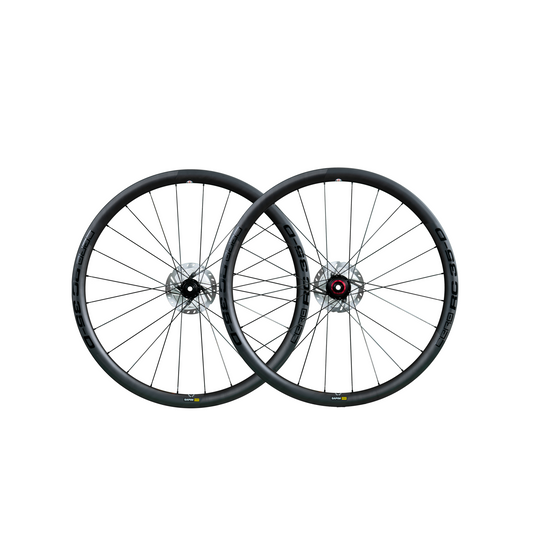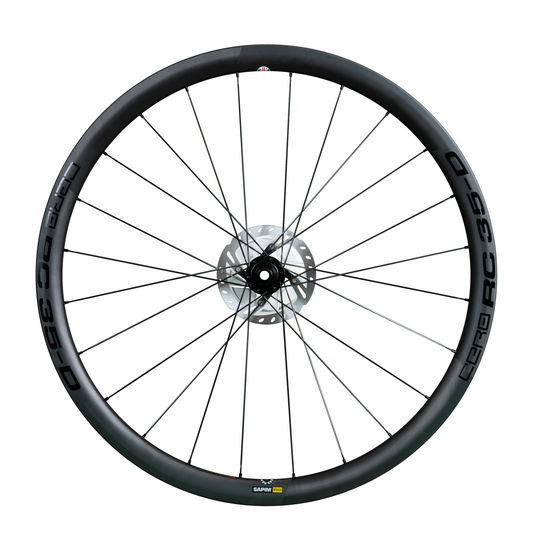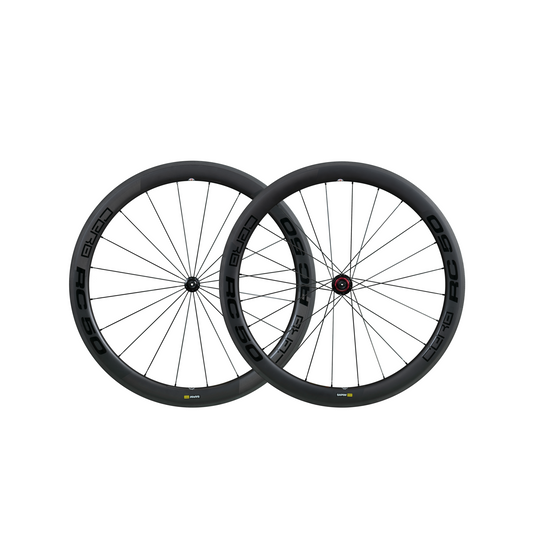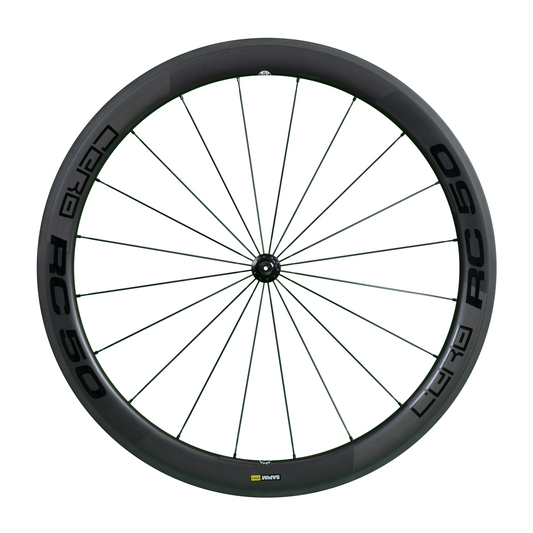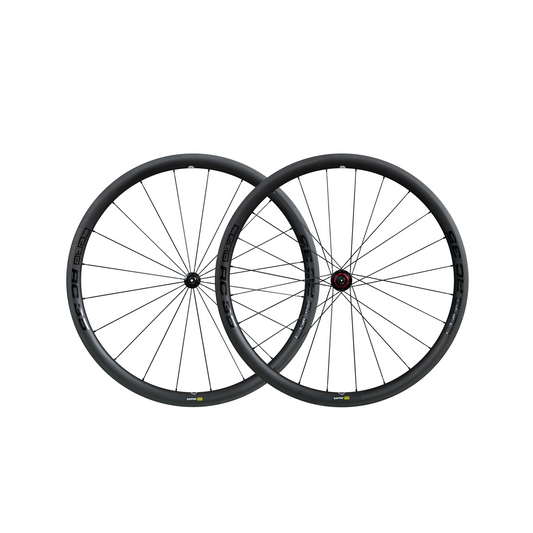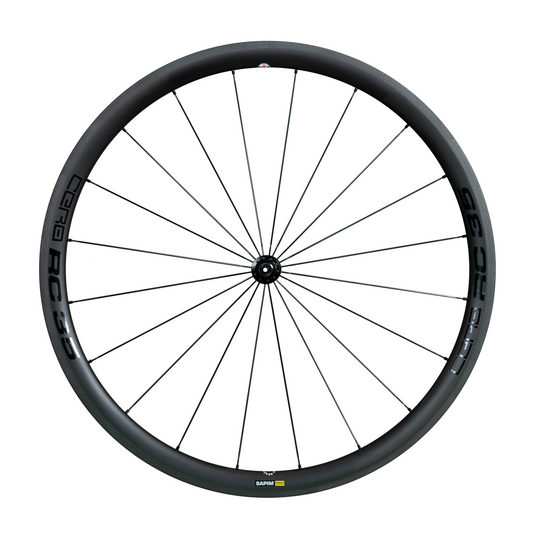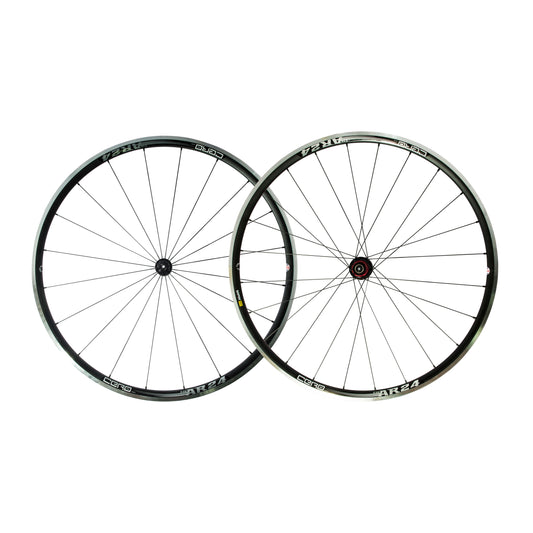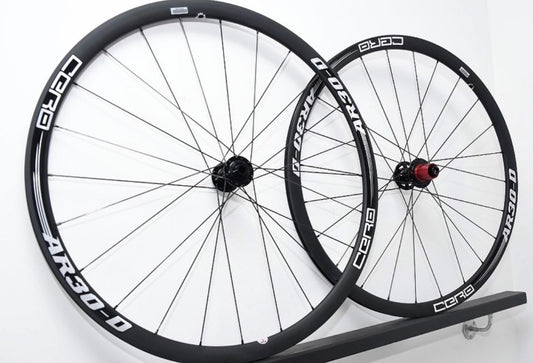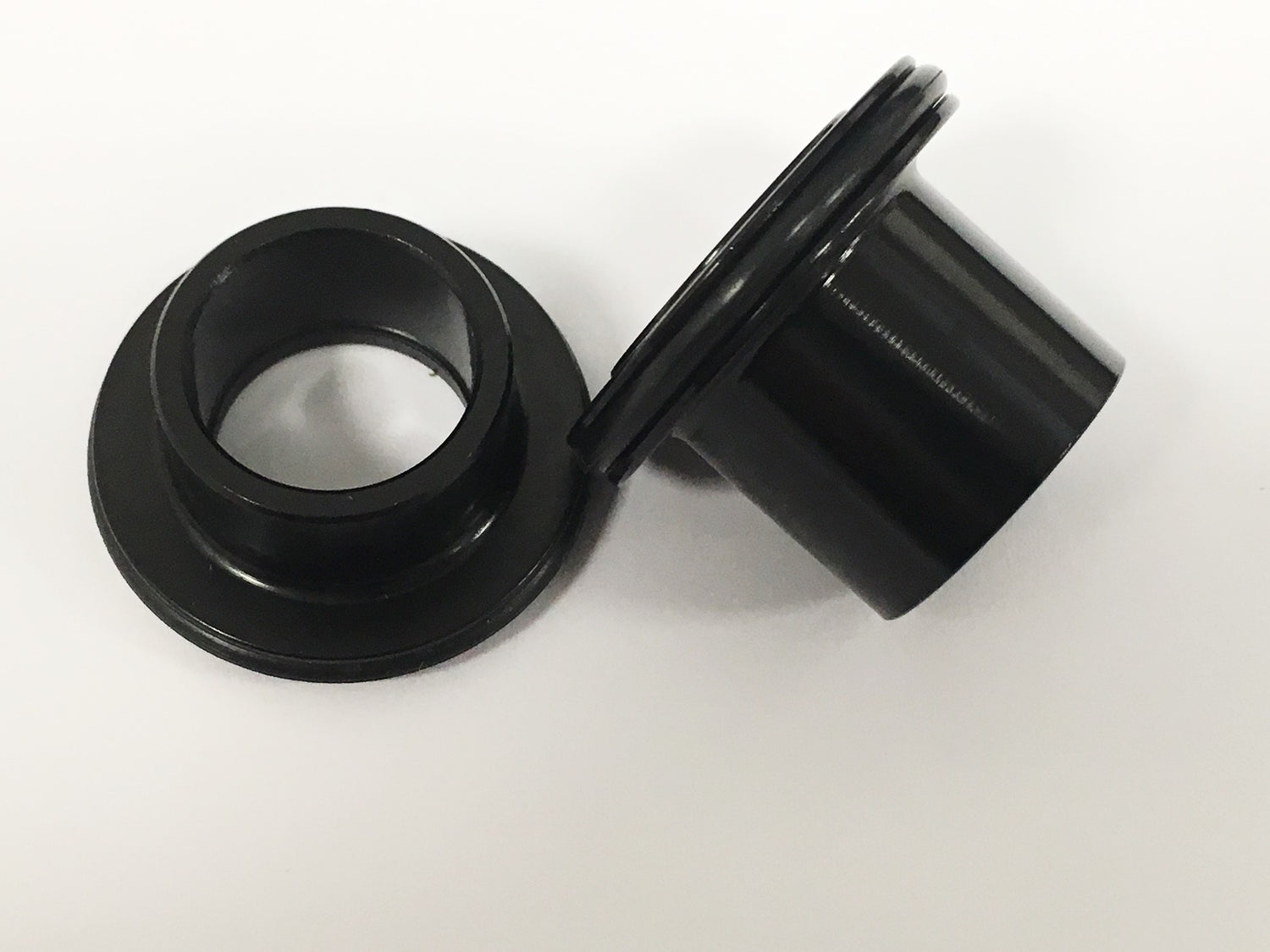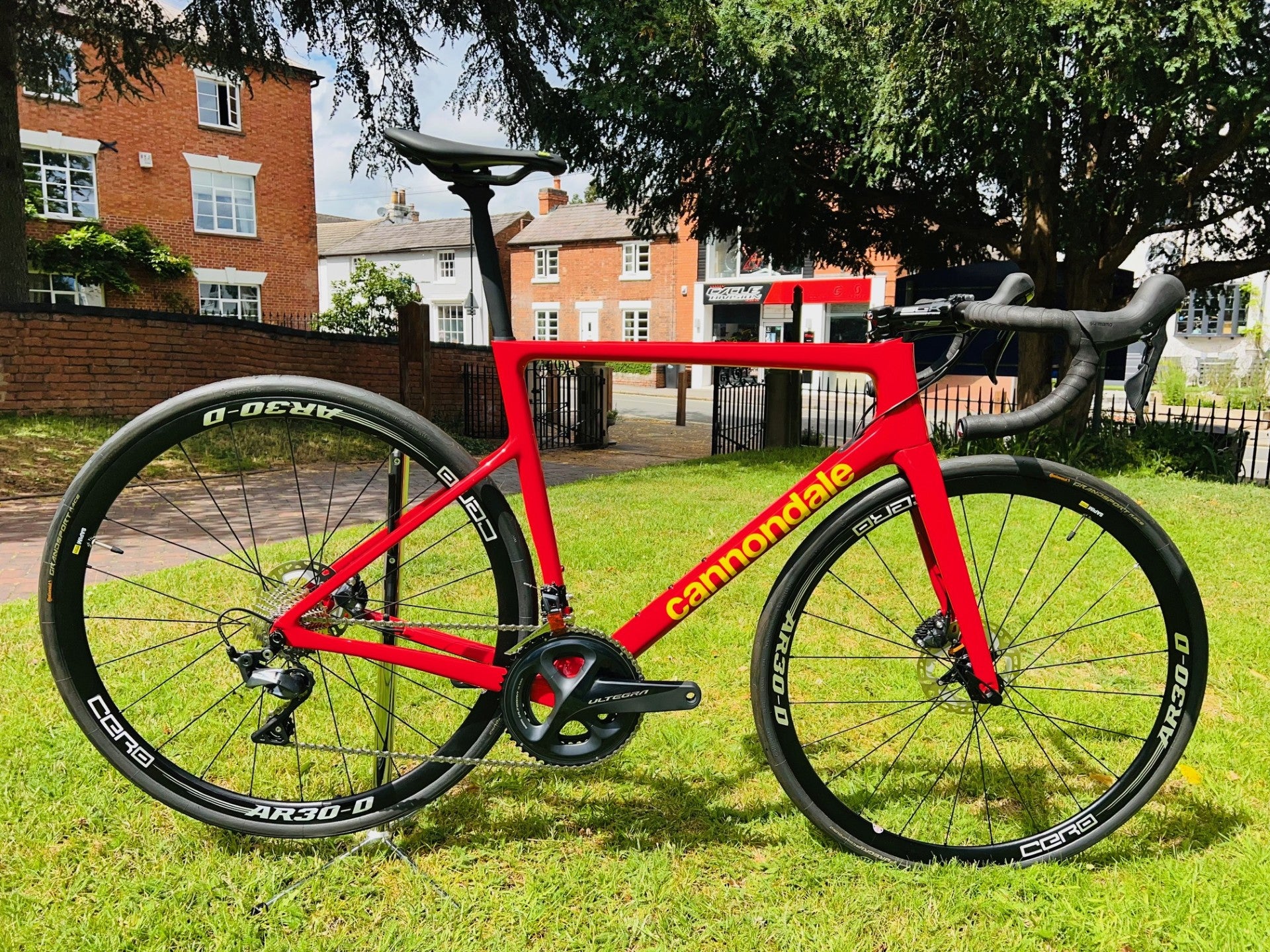
Carbon Wheels
-
Cero RC35 Disc Carbon Clincher wheelset
Regular price £650.00 GBPRegular priceUnit price / per£1,199.00 GBPSale price £650.00 GBPSale -
Cero RC50 Carbon Clincher wheelset
Regular price £799.00 GBPRegular priceUnit price / per£1,199.00 GBPSale price £799.00 GBPSale -
Cero RC35 Carbon Clincher wheelset
Regular price £649.00 GBPRegular priceUnit price / per£1,199.00 GBPSale price £649.00 GBPSale
Alloy Wheels
-
Cero AR24 Evo Alloy wheelset
Regular price £199.00 GBPRegular priceUnit price / per£289.00 GBPSale price £199.00 GBPSale -
Cero AR30 Evo Alloy Clincher Wheelset
Regular price £299.00 GBPRegular priceUnit price / per£449.00 GBPSale price £299.00 GBPSale -
Cero AR30 Disc Alloy Clincher Wheelset
Regular price £399.00 GBPRegular priceUnit price / per£549.00 GBPSale price £399.00 GBPSale
Spares
-
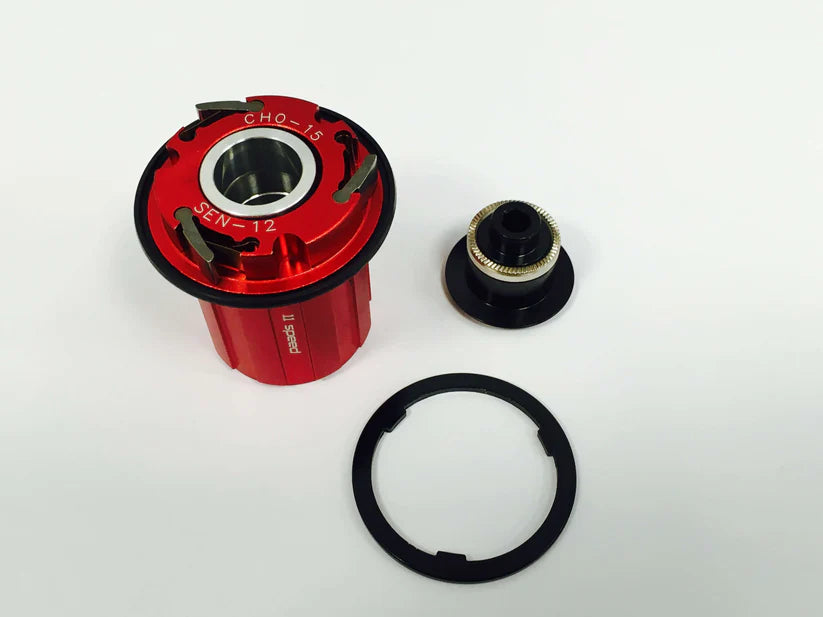
Cero Disc Cassette Bodies
Cassette bodies for our disc wheels from Shimano/Campagnolo and Sram.
-
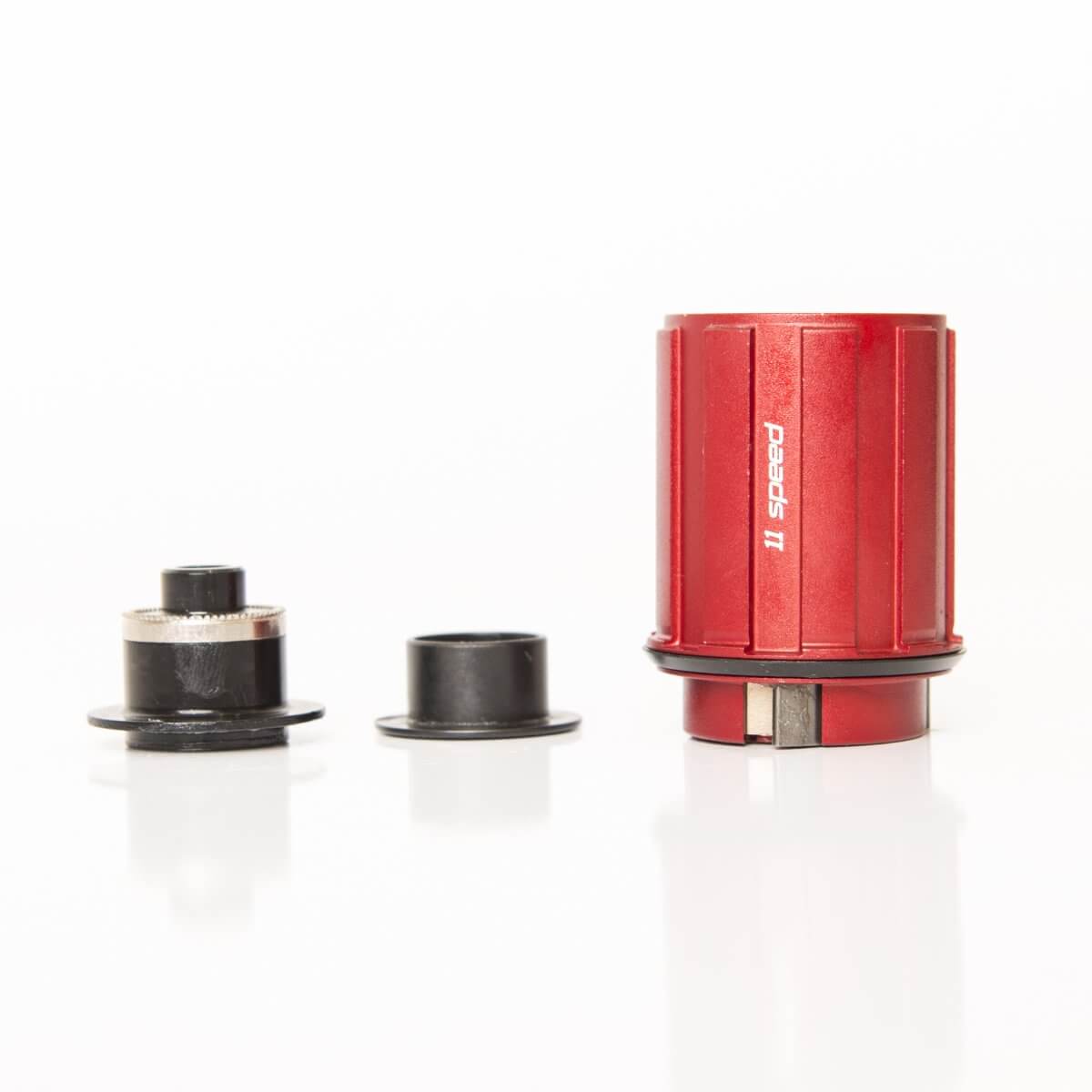
Cero Rim Brake Cassette Bodies
Cassette bodies for our rim brake wheels Shimano/Sram and Campagnolo. All Shimano...
-
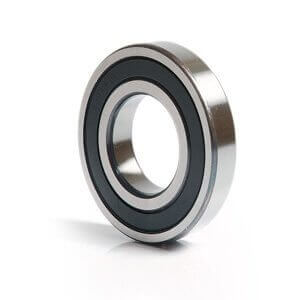
Wheel Bearings
Wheel bearings for all Cero wheels. We use Endura bearings to provide...

